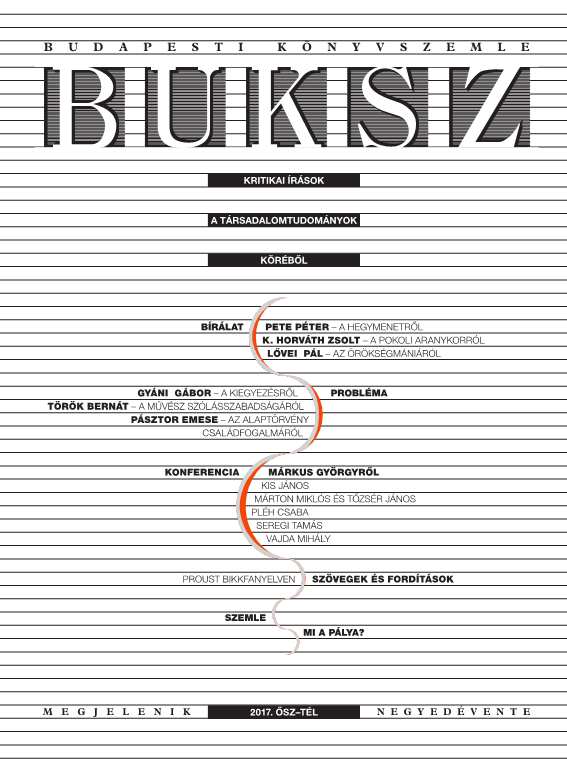We kindly inform you that, as long as the subject affiliation of our 300.000+ articles is in progress, you might get unsufficient or no results on your third level or second level search. In this case, please broaden your search criteria.
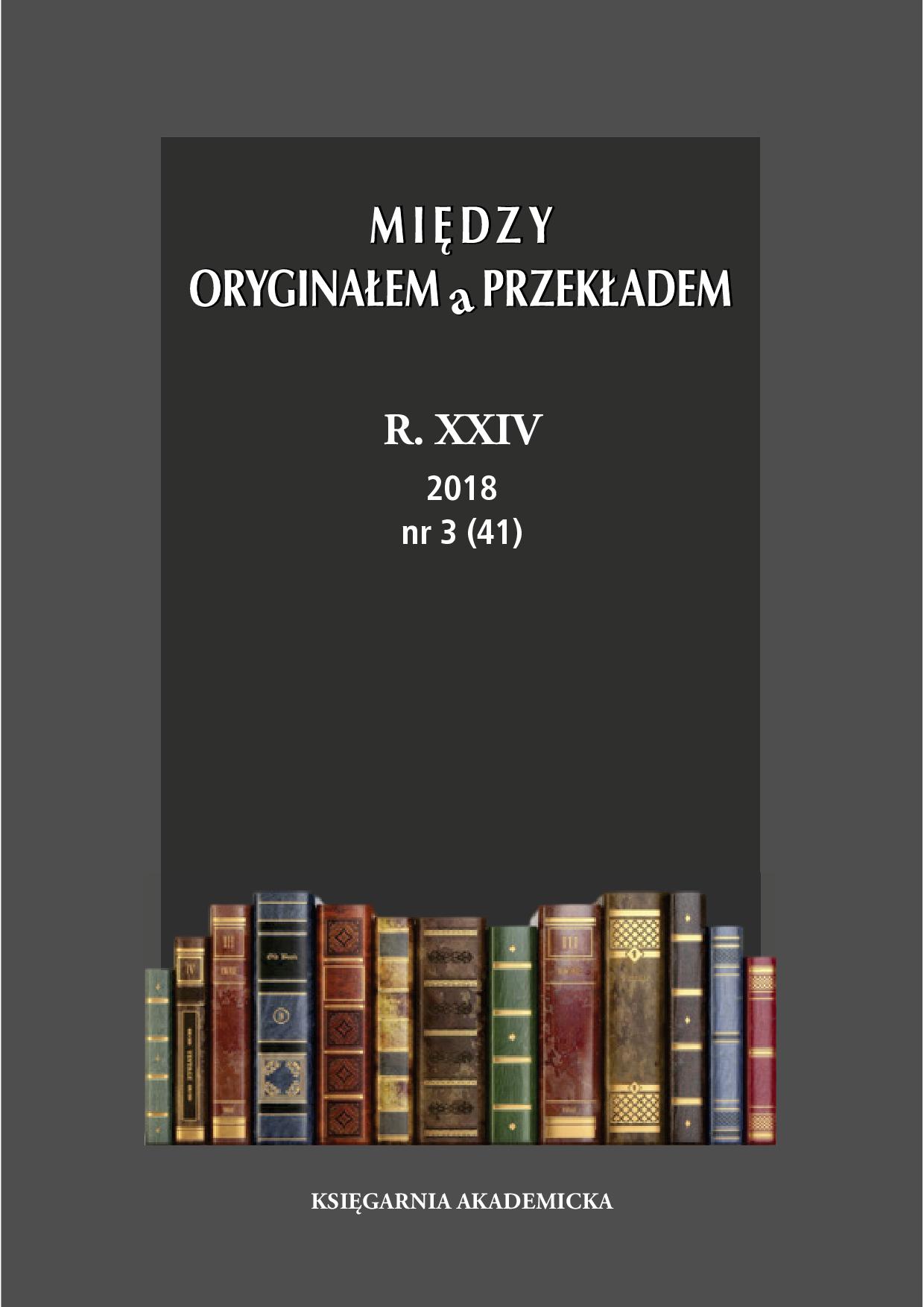

Throughout his career of a reporter, writer, and “translator of cultures”, Ryszard Kapuściński was preoccupied with the notion of “the Other”. He synopsised his views in a collection of lectures published in 2006 as Ten Inny. It is instructive to look at how his portrayal of the Other (in Polish: Inny, but also Drugi/drugi or obcy) is rendered in Antonia Lloyd-Jones’ translation of the book into English (The Other, 2009), where the range of lexical choices includes Other, stranger, foreigner, and alien. Through lexical choices, both the author and the translator effect points of view in several senses of the term: (i) who is looking at whom, (ii) where (in the social sense) the observer and the observed are located, and (iii) how the other side is judged or evaluated. An additional level of complexity results from the system of articles in English (but not in Polish), which means that, e.g., the choice between the Other and an Other proves crucial for the construction of text-internal viewpoints. Thus, the author and the translator can not only actualise points of view, but are in fact coerced into semantic tensions that arise through sheer application of the lexico-grammatical inventories of the two languages.
More...
Following the interdisciplinary approach, the article presents the translator’s role from the point of view musical terminology, which becomes appropriated for the sake of translation studies. As a result, the study applies the musical term aleatory music denoting an indeterminate type of musical notation which allows considerable freedom in the interpretation of a musical score. From this perspective, the translator, confronted with the inevitable interpretative gaps and indeterminacies in the source text, is compared to a musical performer who interprets the indeterminate aleatory notation. This approach is defined as trans(a)l(e)atory studies which consist in the analysis of multiple interpretative possibilities of target text versions based on one source text. The prominent example of the performative aspect of the translation process defined in this way is Finnegans Wake by James Joyce, the Polish translation of which (Finneganów Tren by rendered by Krzysztof Bartnicki) is analysed. The comparative study focuses on indeterminate aspects of language such as puns, neologisms (including portmanteau words), iconicity, blends and the superimposition of languages.
More...
Computer assisted tools used to seem as though not made from the point of view of their targeted users [O’Brien, 2012:15]. However, their usability has been improving. In Translation Studies there exists a gap in research on process-oriented usability involving data triangulation. In our study based on the assumption that translation is a situated and complex activity [Risku, 2002, 2004], we aimed to address this gap with our experiment testing a new tool for translators, Concordia. This usability experiment with eye-tracking, keylogging, and screen recording directly involved translators (six translation trainees) in the development process through objectively collected data on effectiveness and efficiency of Concordia. Their satisfaction with Concordia was also a part of the usability test. We hypothesised that participants would be more efficient and effective when translating European Union texts with Concordia and that they will be satisfied with the tool. The results indicate that Concordia at its current state of development does not facilitate the process, but the participants were generally satisfied with the tool’s features.
More...
With the development of new technologies, the number of assistive devices/technologies at the disposal of persons with visual impairments has steadily grown. It would thus seem that translation professions have become more accessible. However, it seems that there is a growing gap between the competences indispensable for sighted and blind translators. The more technologically advanced the world of translators becomes, the more surplus technologies have to be mastered by the blind. And some of the digital tools which have become a blessing for sighted translators, such as CAT tools, are hardly accessible for the blind. Yet these challenges are not discussed outside the community of blind translators, except for only a handful of papers from a few translation scholars. So, is translation accessible for persons with visual impairments? This question is addressed on the basis of 15 in-depth interviews with blind and low sighted translators from Poland, analysed within the theoretical framework of Pierre Bourdieu’s theory of capitals.
More...
The prejudice against L2 translation has become an old habit and old habits die hard. In this article the axiom that translators should translate only into their native language, that is the language of their habitual use, is being challenged on the grounds that it is outdated, impossible to attain and most importantly lacking in empirical evidence. Since the processing demands of L1 and L2 translation have rarely been compared, the EDiT project has been designed to investigate how professional translators proceed when they translate into their L1 (Polish) and L2 (English). The article describes the research design and reports on a sample analysis of data collected by key-logging and eye-tracking which provide quantitative measures of cognitive effort when translating in both directions. The translated texts are then corrected by experienced proof-readers to show that both L1 and L2 translations are not flawless and need to be improved.
More...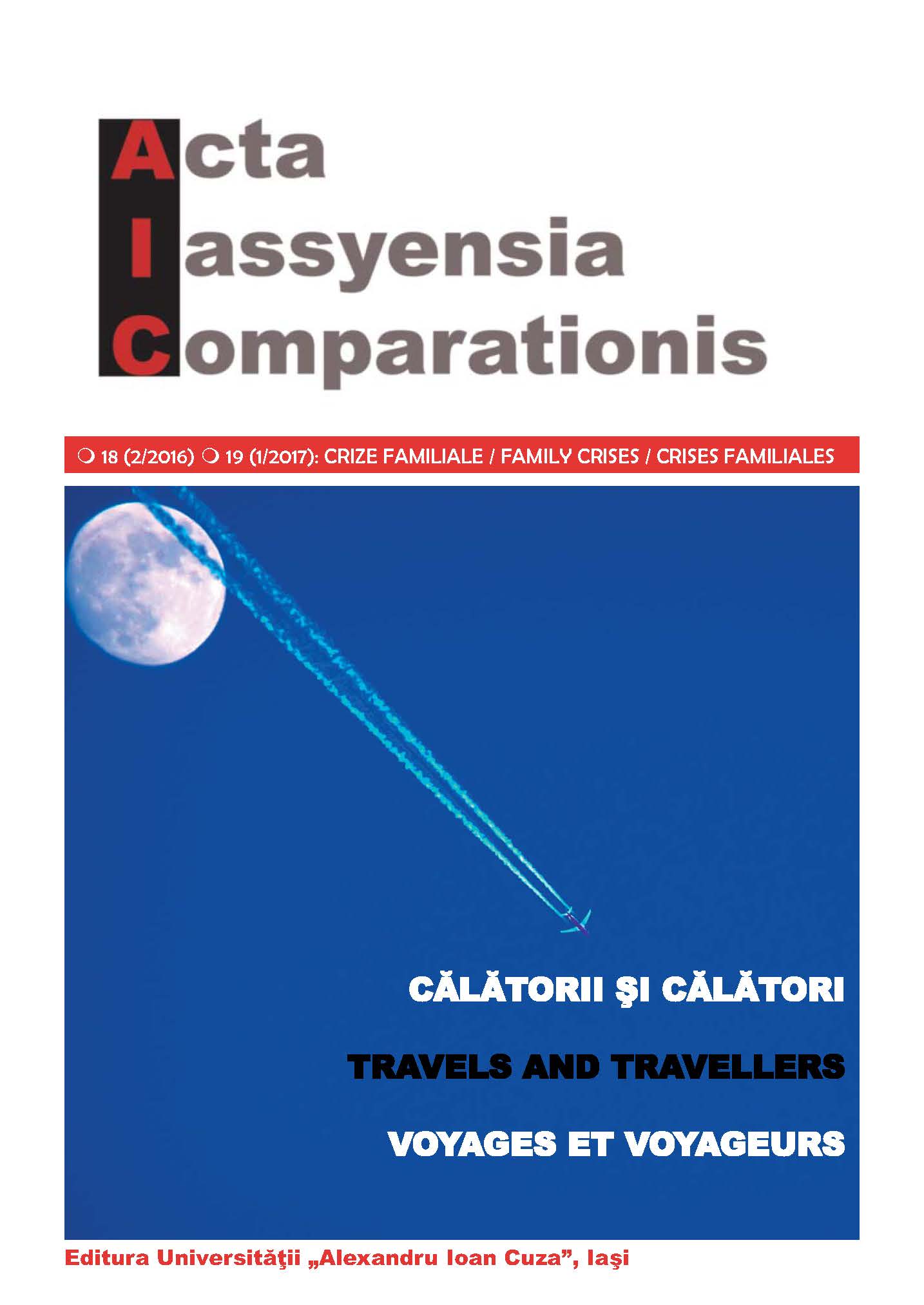
Considering translation as a widely intercultural phenomenon and starting from the assumption that “every story is a travel story” (Certeau, 1984), this paper aims to explore how Julian Semilian’s English version of Mircea Cărtărescu’s Nostalgia responds to the great challenge of rendering the elusive atmosphere of a Bucharest which is recreated – almost alchemically generated – by memory. Therefore,by analysing translation as both a spatial and a socio-cultural phenomenon, this paper investigates the process of translating a city from a twofold perspective. On the one hand, it reveals the author’s perspective – it explores the time and place of the novel’s production, since Mircea Cărtărescu succeeds in “providing us with the clearest approximation of the interior lives of those living in that city through the darkest days of the Ceauşescu regime” (McGonigle, 2005). On the other hand, it is a means of reactivating the translator’s socio-cultural background – habitus (Bourdieu, 1986) – as Semilian recovers, through translation, the Bucharest of his own childhood, magically transformed by the book’s author andmodulated by the passage of time.
More...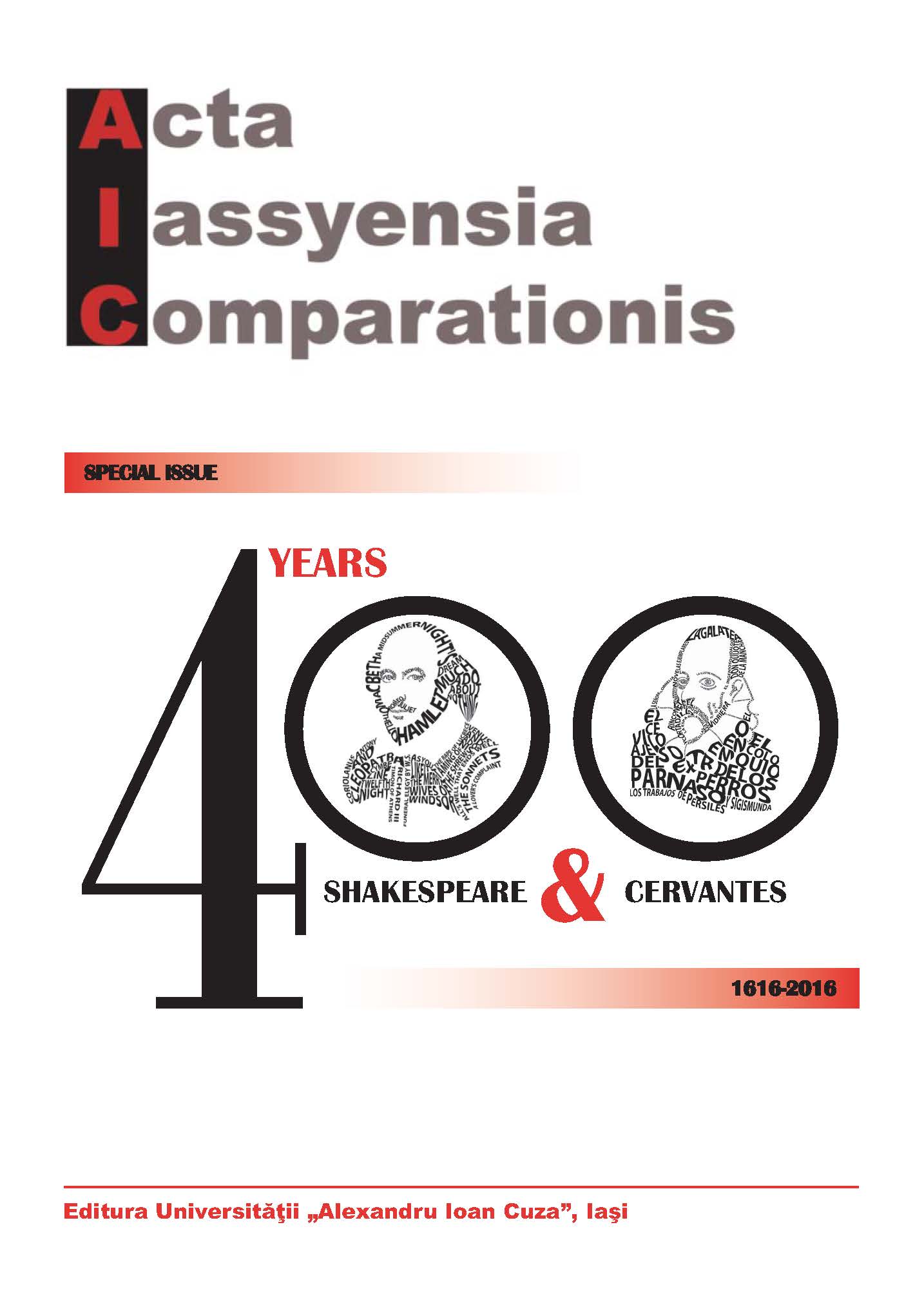
This paper has emerged out of the conviction that the rendition of titles into the TL is one of the most exciting and difficult challenges the translator has to respond to while translating a literary work. As Christiane Nord (1995) claims, if titles are recognized as textual units forming a text-type which is intended to realize several specific functions, then the translator has to reconcile the conditions in thetarget culture with the communicative intentions of the source-title sender. In order to produce a functional title, the author and the translator are expected to fulfil the same functions, but both are limited by the further constraint of the number of words and the syntactic structures they can use in keeping with the type of text the title “labels”. If the text was produced for the stage, as in the case of Shakespeare’s plays, the length of the title was additionally affected by the actual size of the playbills and posters, of the flags hoisted at the theatres and by the actual possibilities of the participants in the drum processions. Upon the examination of Shakespeare’s titles in their Romanian translation, it becomes clear that, from the first versions proposed around 1840 to the most recent, the translators have been constantly striving for coming up with the optimal solutions. Through discussing the Romanian versions, this research highlights the importance of the translator’s linguistic and cultural competence in the SL and the TL when dealing with Shakespeare’s titles that comprise the essence of his absolute mastery over both language and human nature.
More...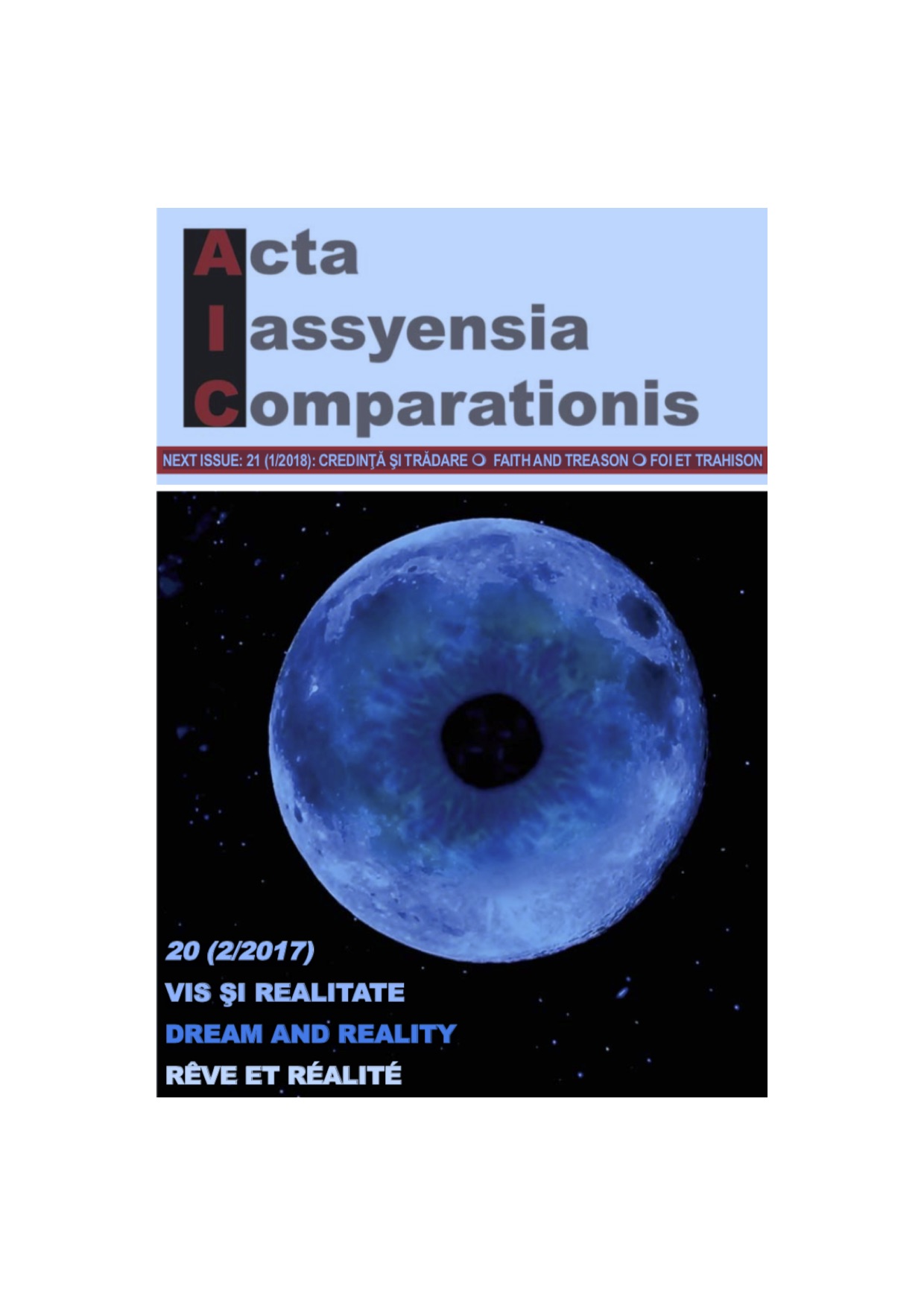
Starting from the intricate dream-within-dream structure of Mircea Cărtărescu’s short story Mendebilul, which “explores the territories of dream and childhood, theonly ones that stir the author’s interest” (Paul-Bădescu, 2013), this paper aims toassess the English version (in Julian Semilian’s 2005 translation – Mentardy) from a functionalist perspective. The choice of the topic is justified by the dream-basedcontent and structure of the short story, which are likely to turn into a touchstonefor translation. Therefore, since “the dream worlds are a trap for the reader” (Codrescu,2005: xi), we applied retrospectively Christiane Nord’s functionalist modelof translation criticism (1991) in order to analyse the target text against the originaland the context of reception of both the source and the target texts. Our analysishas shown that despite the fact that the translation generally follows closely theoriginal, it remains rather target culture oriented and adapted to the foreign readership.
More...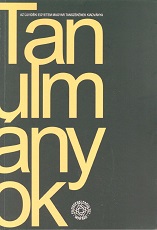
Jovan Jovanović Zmaj published the Serbian translation of the first volume of Toldi in 1858. Srbski Letopis [Chronicle of Matica Srpska] recognized it as the most significant publication in Serbian for the year, noting that Toldi in Serbian reads more as a “second original” rather than a translation, as if János Arany himself spoke from its pages in Serbian. Zmaj planned the translation of Toldi’s Eve, the part of the trilogy published second in 1854, shortly after. However, the Serbian translation was not published until 1870. This paper deals with the comparison of the original work and its translation while taking into account the viewpoint of cultural translation studies, and at the same time it presents an overview of the reception of the target-language text in the Serbian culture following the Austro Hungarian Compromise of 1867.
More...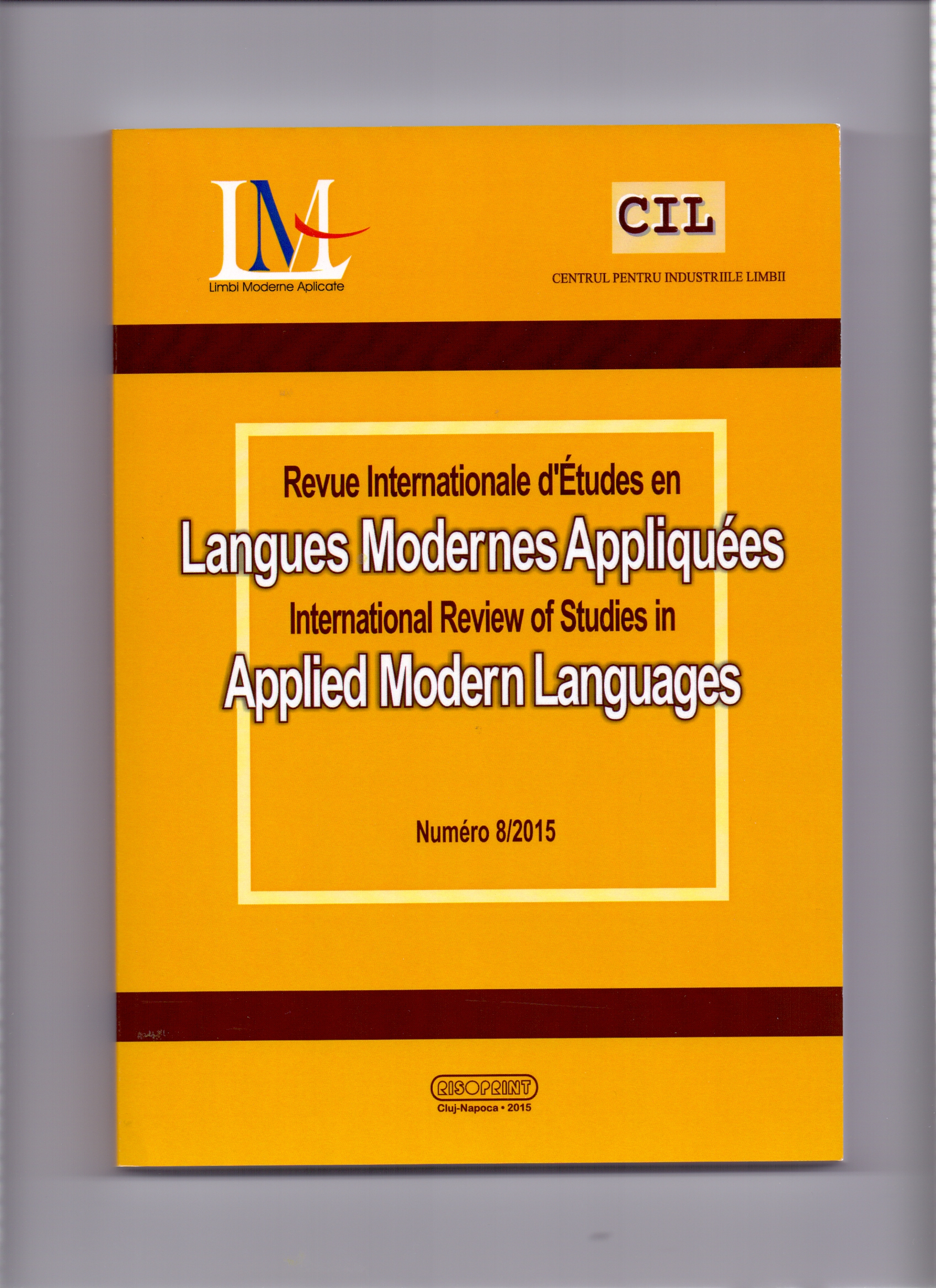
Opinions in the literature are still divided when it comes to the choice of language for interpreter notes, with reasoned arguments supporting either the source or the target language and with quantitative studies seemingly indicating a preference for the A language. Building on the findings of a previous survey we had conducted among Romanian trainees, which seemed to contradict some of the data in the literature, we decided to carry out a quantitative investigation of our own and try to identify possible trends by classifying the recognizable words or abbreviations used in several sets of interpreter notes according to the language preference.
More...





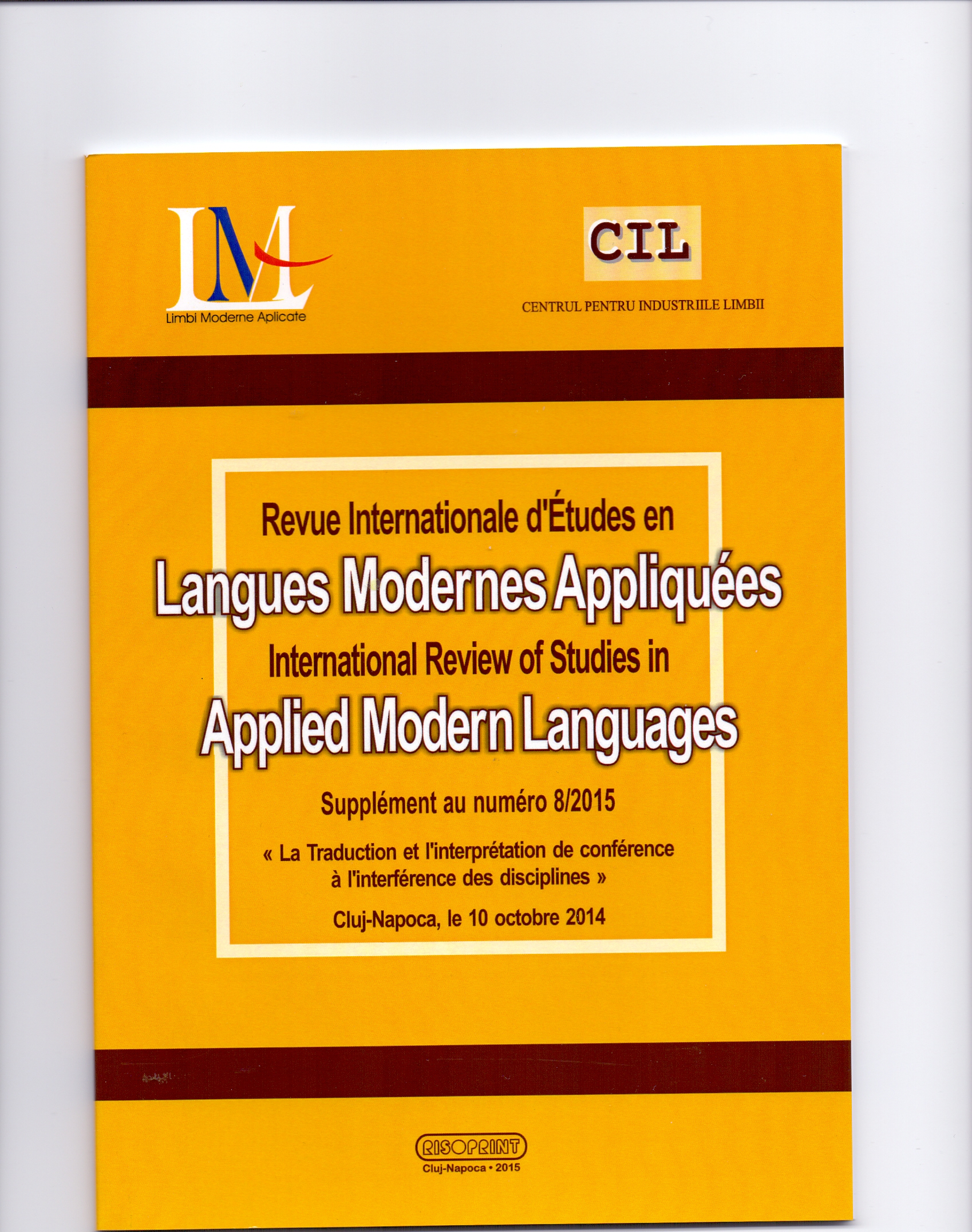
Given that translations have penetrated all possible areas of human activity and translating has become a self-contained discipline, translation scholars and practitioners alike devote a growing interest to the issues that define, limit, establish its boundaries, its major activities, processes and its methods. The study proposes three kind of relationships that characterise translating. It is within this context that the present study undertakes to define or restate translation as a borderline discipline and provide arguments to four postulates: (1) Translating is a self-contained area of study and practice whose theories embraced by translatology, (2) Translatology has been defined mostly in relation to other sciences or disciplines, (3) Translating exists only by virtue of its close relationship to other fields, the ones which host the texts that need to be translated, (4) Translating as a mediating activity has to conform to the rules of the domain the text to be translated belongs to. In spite of the tremendous progress of translatology, translation practice and translation activities have expanded and reached an unprecedented rhythm which make studies lagging far behind.
More...